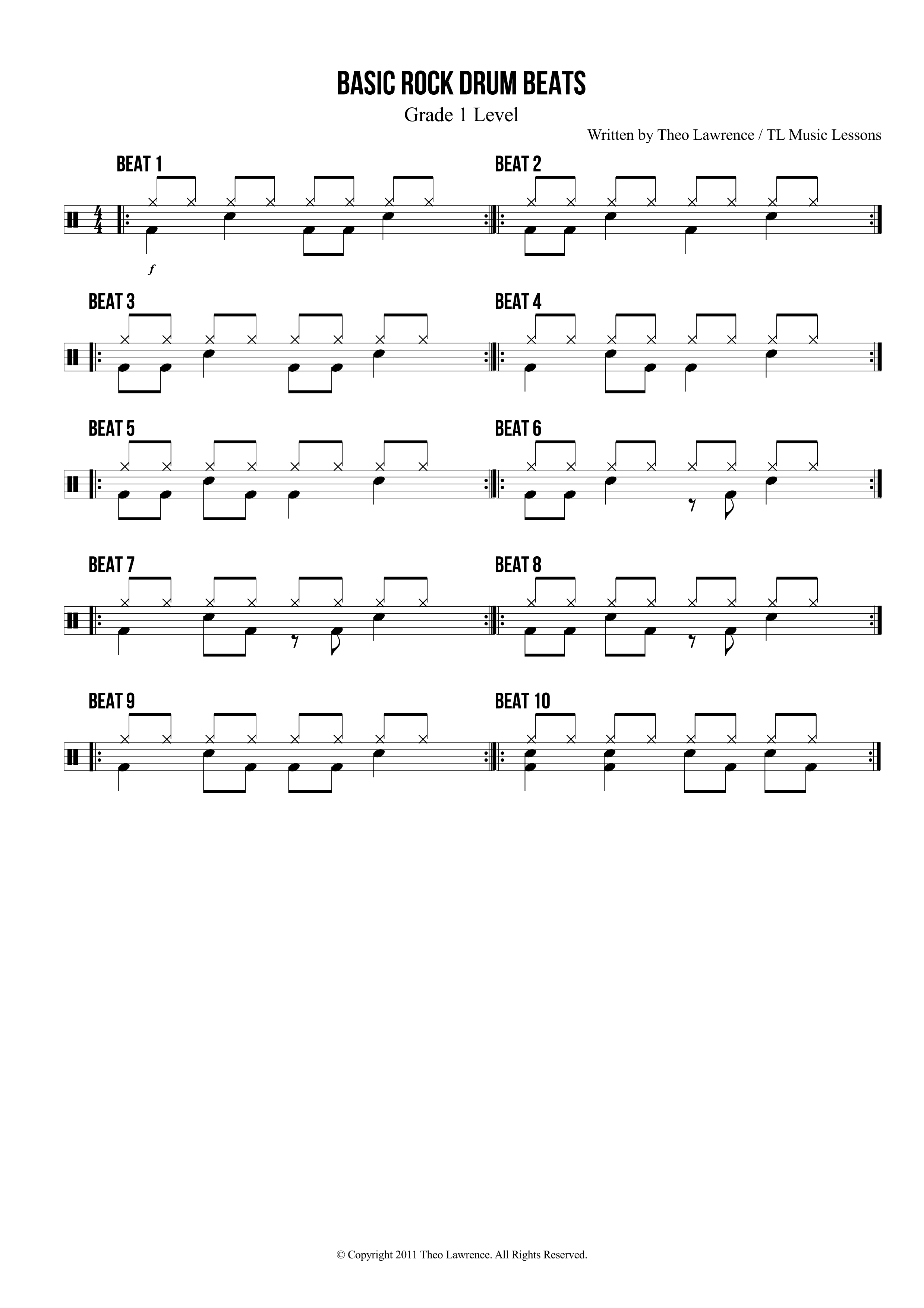

Try using your right hand for the hi-hat notes and your left hand for the snare notes, while imagining that your hands are holding sticks crossed in front of you (and at different heights – the hi-hat is generally higher than the snare). The hi-hat is generally on the left, with the snare right in front of you. Above all, everyone should experiment with a few possibilities and work with whatever comes naturally you can always customize your set-up.Ī typical right-handed player with a typical drum set will most likely have the bass pedal under their right foot, with the left foot controlling a loosening/tightening pedal for the hi-hat.

These suggestions are formed for a right-handed player, so if you’re a lefty, you might consider reversing your kit and/or these roles for your hands and feet. The following are recommendations for how to place your hands on a drum set, or alternatively, how to consider assigning your hands to these parts in practice and in your imagination. Whether you’ve got a drum set in front of you or are drumming on your desk as you read this, you’re ready to play percussion. Then, you’ll be guided through four drum beats for beginners, including recommendations for classic songs to reference! You’ll learn to play each one using a basic kit (a bass drum or “kick drum,” snare, and hi-hat), and leave with a new understanding of all the diverse and wonderful styles of music you can create with a drum set.

To begin, this article will give you an introduction to placing your hands and feet, and reading a simple method of notation. You can get started even with just your hands, feet, and a desk! Between talking to your friends, checking out resources on the Internet, and working with your teacher, you can get all kinds of helpful information. No matter where you’re at with your drumming – if you’re just sitting down at your set, or you’ve had a couple of drum lessons – there are lots of ways you can start getting familiar with basic drum beats for beginners.


 0 kommentar(er)
0 kommentar(er)
